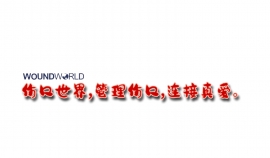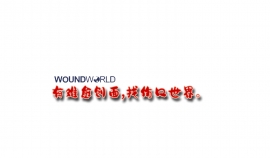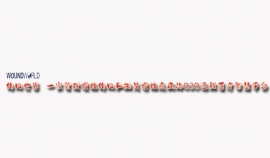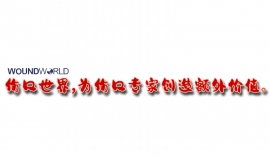文献精选
The 59th European Association for the Study of Diabetes Annual Meeting was held on 2–6 October in Hamburg, Germany.
In this brief report, we summarise the key presentations from a primary care perspective.
Gastroparesis is a recognised complication of diabetes (both type 1 and type 2) and, whilst not the most commonly observed complication, it carries with it a significant impact on a person’s health, glycaemic control, social functioning and mental wellbeing. Gastroparesis is often not well recognised because of the disparate group of symptoms it may present with. Symptoms are often misattributed or not recognised, and consequently the diagnosis is either missed or delayed. It should be managed by a multidisciplinary team with knowledge of and expertise in this area. Above all, the team should be understanding and help steer patients to the best supportive care.
Author: Simon Saunders, Clinical Lead Academic Consultant in Diabetes and Endocrinology, Mersey and West Lancashire Teaching Hospitals NHS Trust
Citation: Saunders S (2023) At a glance factsheet: Diabetic gastroparesis. Diabetes & Primary Care 25: 121–3
David Morris, Probal Moulik
HbA1c has become a key parameter for diagnosing type 2 diabetes and for monitoring glycaemic control in all types of diabetes. This case study reports on a person who presented with an unexpectedly low HbA1c at an annual hypertension monitoring appointment. The aim of reviewing the case is to provide an understanding of HbA1c, its limitations, and the clinical situations in which it is unreliable and alternative measures of glycaemic control should be sought.
Citation: Morris D, Moulik P (2023) Case report: An unexpectedly low HbA1c. Diabetes & Primary Care 25: 153–5
Article learning points HbA1c is a surrogate marker for plasma glucose levels over the previous 3 months – an average that is skewed to more recent glucose readings.
HbA1c may be falsely lowered in conditions that reduce the lifespan of red blood cells or increase red cell turnover. Common examples include haemolytic anaemias and hypersplenism.
Conversely, HbA1c may be falsely elevated in conditions that extend erythrocyte survival or reduce erythrocyte turnover. Common examples include asplenia and deficiencies in iron, vitamin B12 or folate.
Haemoglobinopathies have a variable effect on HbA1c, and specialist advice should be sought.
Self-monitoring of blood glucose or continuous glucose monitoring should be used where HbA1c is unreliable. A 75 g oral glucose tolerance test is advised for diagnosis of diabetes in pregnancy. Fructosamine is an alternative measure of glycaemic control to HbA1c, reflecting control over the previous 2–3 weeks.
Authors
David Morris, Retired GP and Specialist Doctor in Diabetes, Undergraduate Clinical Tutor, Keele University; Consultant Endocrinologist, Probal Moulik, Shrewsbury and Telford Hospitals NHS Trust.
Albuminuria (an albumin:creatinine ratio [ACR] greater than 3 mg/mmol) is the earliest sign of chronic kidney disease (CKD), and is associated with increased risk of CKD progression and cardiovascular risk. Effective treatments are available to slow CKD progression and reduce the increased cardiovascular disease risk, and these are particularly effective in those with albuminuria, making early diagnosis of ACR >3 mg/mmol important. In the THOMAS (Towards Home-based Albuminuria Screening) prospective, randomised, open-label study, more than 15 000 adults aged 45–80 years in the Netherlands were assigned to testing using either a urine collecting device (UCD) returned to a laboratory or a dipstick and smartphone application at home. Participation rates were 59% with the UCD and 44.3% with the dipstick. Increased home albuminuria was confirmed in 3.3% of people using the UCD, with a number needed to test of 30 to identify one case of albuminuria, although this number increased to 58 when only new albuminuria was considered. Only the UCD was deemed sufficient in terms of specificity (97.3%) and sensitivity (96.6%) to be used as a screening test. Those with confirmed increased albuminuria were invited for “elaborate” (full renal and cardiovascular risk) screening in a hospital centre, and those with positive findings were referred back to their primary care team for management. More than 80% of those invited for the full screening attended but, of those referred back to primary care teams, only around half actually attended for treatment, and only 66% of these received the proposed treatments.
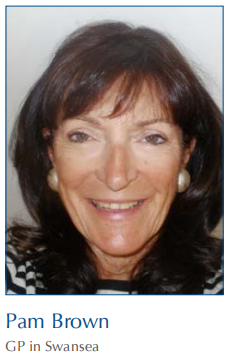
Citation: Brown P (2023) Diabetes Distilled: Albuminuria – population screening is feasible but targeted screening is better. Diabetes & Primary Care 25: 167–8
